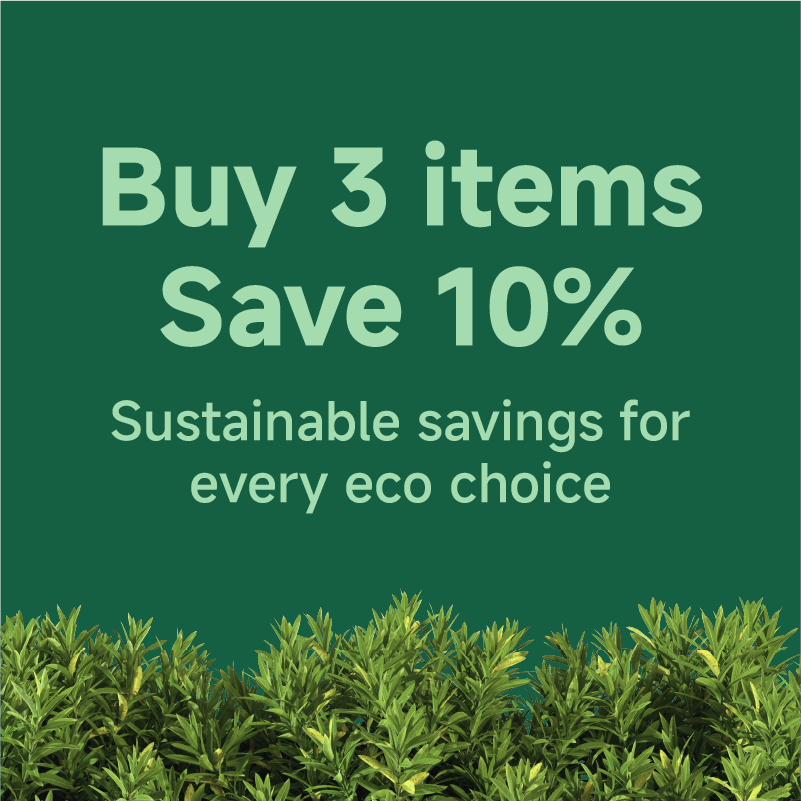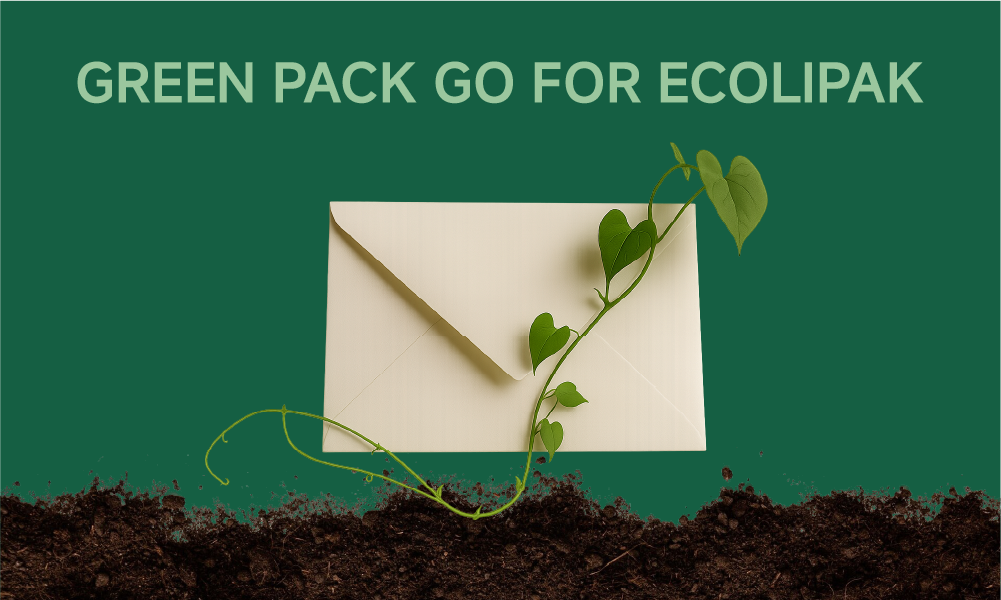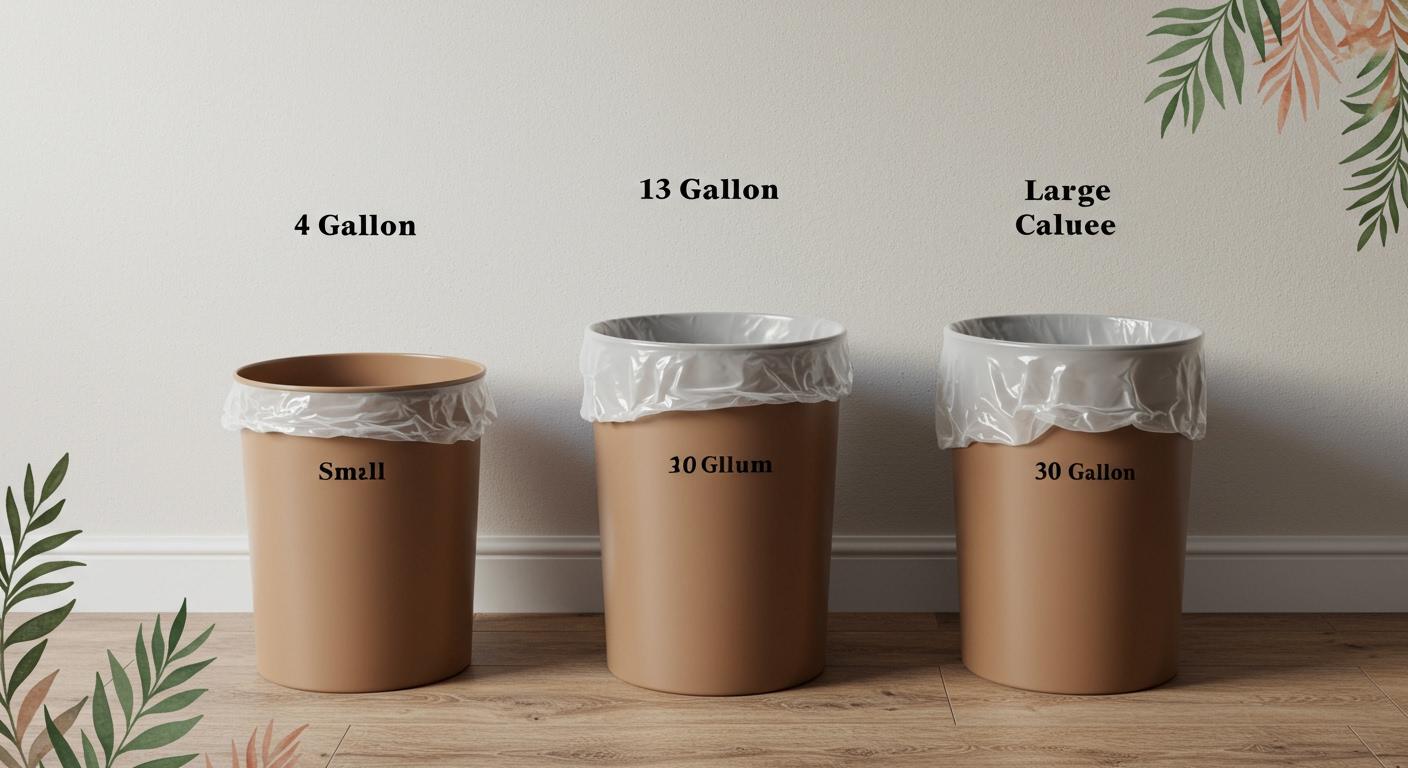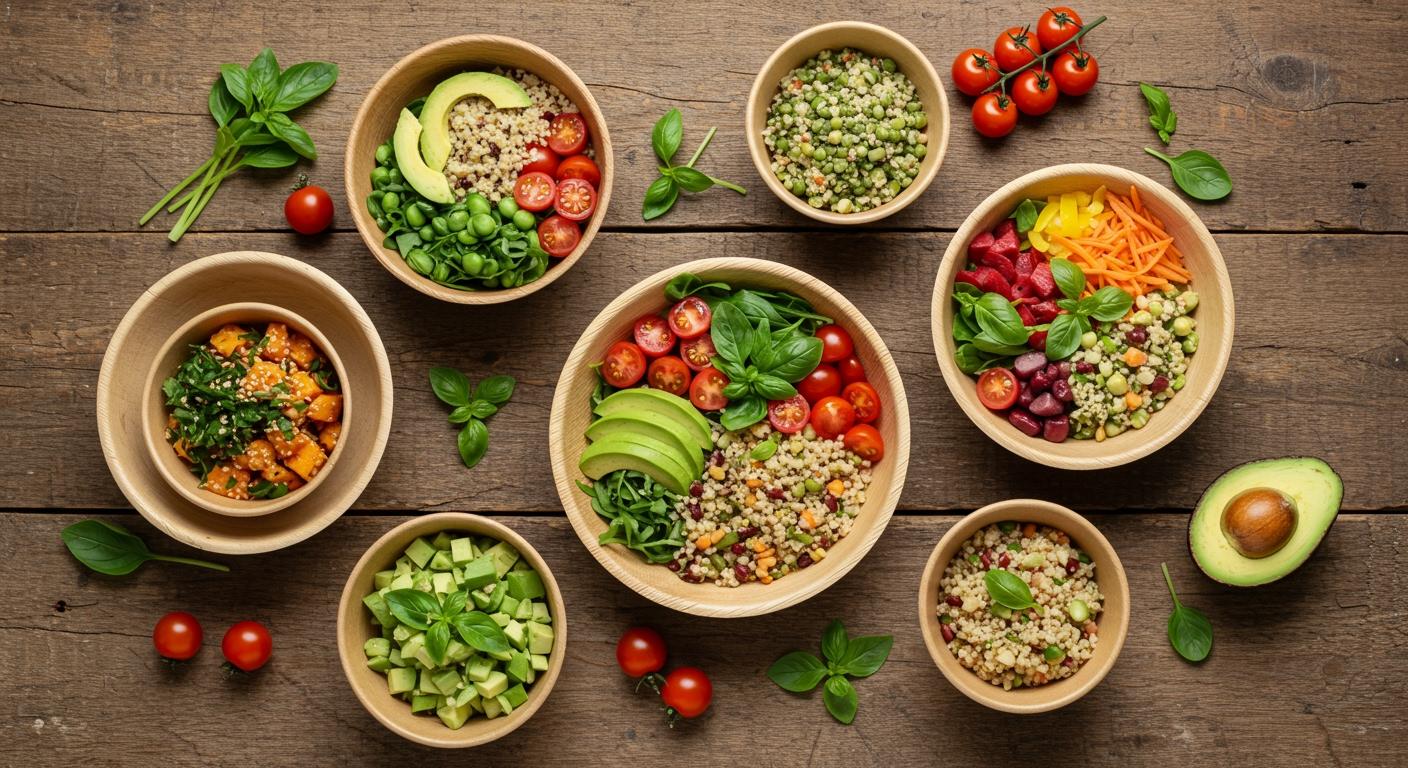You want to help the environment when you choose disposable cutlery. Compostable cutlery is usually better for the earth. But it only helps if you throw it away the right way. If you compost these items at the right place, they break down and help the dirt. Most plastic cutlery goes to landfills and stays there for hundreds of years. Look at how different ways to throw them away compare:
|
Disposal Method |
Description |
Effectiveness in Reducing Environmental Impact |
|---|---|---|
|
Landfill |
Most plastic cutlery goes to landfills. |
Not effective; causes pollution and waste. |
|
Composting |
Compostable cutlery breaks down in compost. |
Very effective if thrown away the right way. |
Key Takeaways
Compostable cutlery comes from plants. It breaks down safely in special composting places. This helps the environment. Plastic cutlery stays in landfills for a very long time. It can last hundreds of years. It causes pollution and hurts animals. Microplastics and chemicals from plastic are harmful. If you pick certified compostable cutlery and throw it in compost bins, you make less waste. This helps protect the planet. Compostable cutlery is better for your health. It has fewer bad chemicals than plastic utensils. Compostable cutlery can cost more at first. But it saves money on waste fees later. It also brings in customers who care about the environment.
Disposable Cutlery Comparison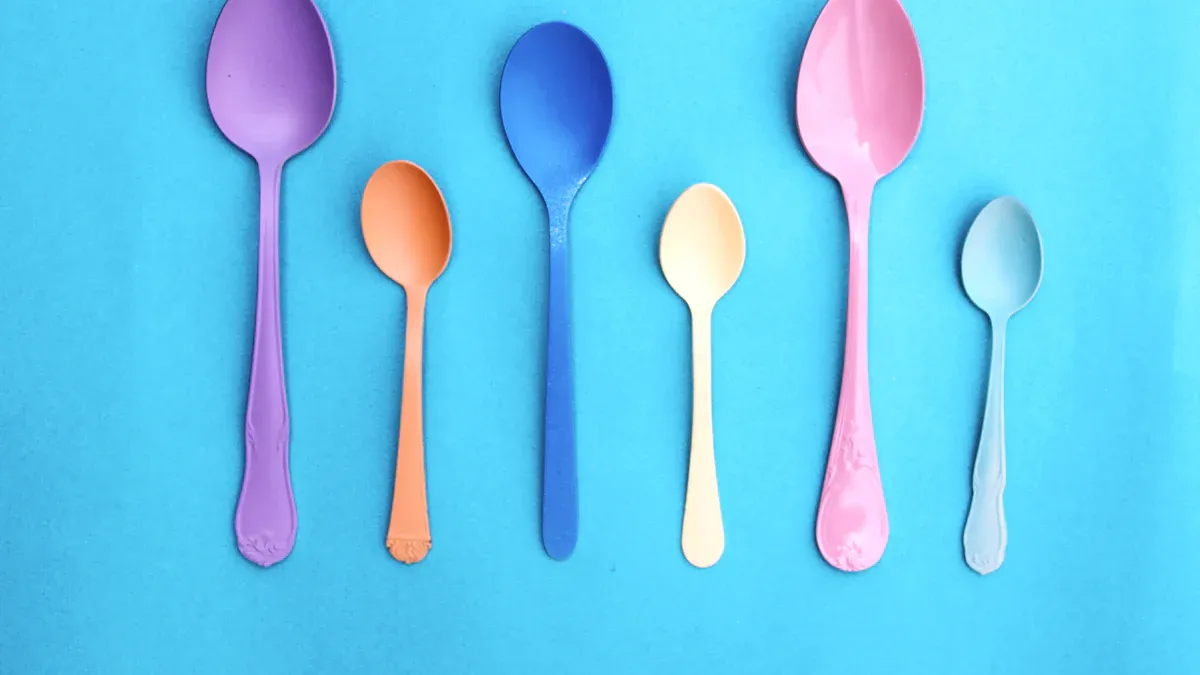
Image Source: unsplash
Plastic vs Compostable Cutlery
When you pick disposable cutlery, you usually see two main kinds. These are plastic and compostable. Plastic disposable cutlery is made from fossil fuels like polypropylene and polystyrene. These plastics do not break down in nature. They can stay in landfills for hundreds of years. If you use them with hot foods, they might release chemicals. Most recycling centers do not take plastic cutlery. So, it often ends up as trash.
Compostable cutlery uses materials like PLA, CPLA, bamboo, or wood. These come from plants or other things that grow back. Compostable utensils are made to break down in special composting places. If you throw them away the right way, they turn into compost. This compost helps the environment. But you need a special composting facility for this to work. Compostable cutlery usually costs more than plastic. But it helps the planet and cuts down on pollution.
Here is a table that shows the main ways these two types of disposable cutlery are different:
|
Material Type |
Composition |
Environmental Impact |
Disposal Requirements |
Physical Properties |
|---|---|---|---|---|
|
Plastic (PP, PS) |
Fossil fuel-based polymers |
Non-compostable, causes pollution |
Not compostable, limited recycling |
Flexible or rigid, heat tolerance varies |
|
Compostable (PLA, CPLA, Bamboo, Wood) |
Bioplastics or natural materials |
Breaks down in industrial composting, reduces landfill waste |
Needs industrial composting facility |
More rigid, biodegradable, heat varies |
Tip: If you want to help the planet, check if your city has a composting program before you pick compostable cutlery.
Key Differences
There are some big differences between plastic and compostable disposable cutlery. Plastic cutlery uses oil and natural gas, which are not renewable. Making plastic cutlery creates a lot of pollution and greenhouse gases. Compostable cutlery comes from things that can grow back. Making compostable utensils uses less fossil fuel and makes less pollution. But it still needs water and energy.
Studies show that switching from plastic to compostable cutlery can use three times less non-renewable energy. It also cuts down on greenhouse gas emissions by about three times. Compostable utensils help keep trash out of landfills. They also help with turning waste into compost.
CPLA cutlery is strong and can handle hot foods up to 176°F. It is made from plant starch. You can use it for most meals because it is rigid. Plastic cutlery can be bendy or stiff, depending on the type. Some plastics break easily, while others bend. Bamboo cutlery is light and smooth. Its strength depends on the brand.
Here is a table that compares the strength and heat resistance of different types of disposable cutlery:
|
Cutlery Type |
Strength Characteristics |
Heat Resistance (°F) |
Usability Notes |
Compostability |
|---|---|---|---|---|
|
CPLA (Compostable) |
Rigid, can break under extreme pressure |
176 - 185 |
Good usability, suitable for hot foods and beverages |
Certified compostable in industrial facilities |
|
PSM (Partially Plastic) |
Bends before breaking, sturdy |
200 |
Plastic-like feel, not fully compostable |
Not compostable or recyclable |
|
Polystyrene (Plastic) |
Most rigid, breaks under pressure |
180 |
Less durable under pressure |
Not compostable; recycling varies |
|
Polypropylene (Plastic) |
Durable, varies by size |
180 - 200 |
Common, generally durable |
Not compostable; recycling varies |
|
Bamboo (Compostable) |
Strength varies by manufacturer |
200 |
Smooth, lightweight, varies in strength |
Certified compostable |
You can also see how well each type handles heat in this chart:
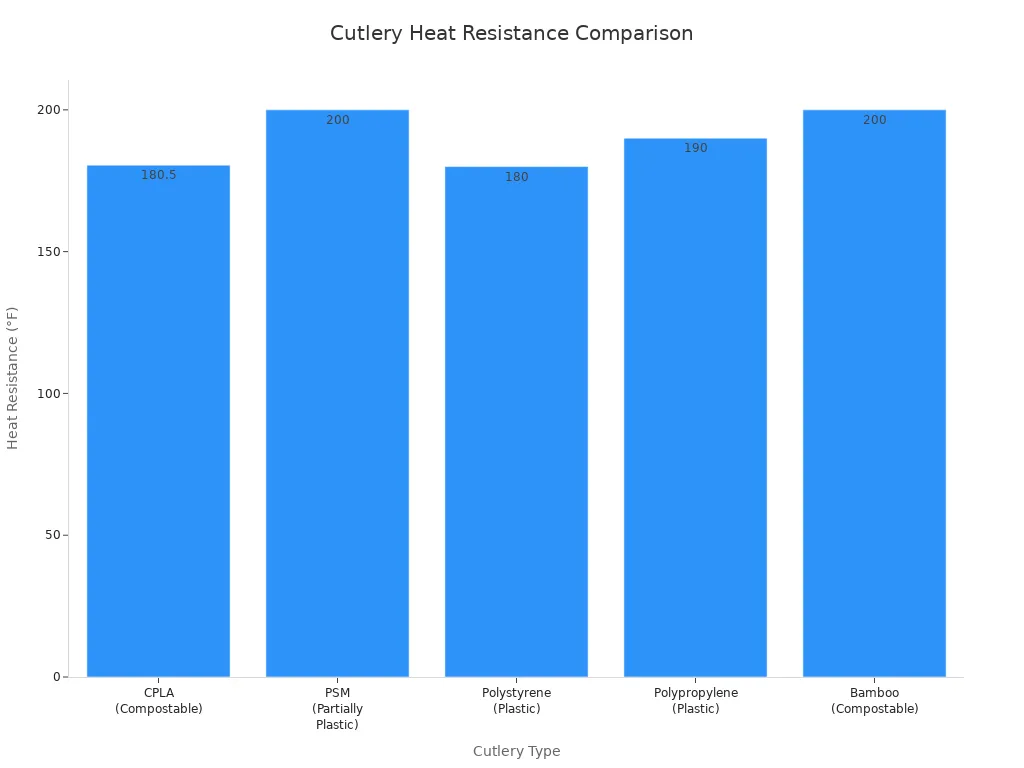
People in different places like different types of disposable cutlery. In North America, most fast-food places use plastic cutlery because it is cheap and easy. In Europe, more people and businesses pick compostable or biodegradable utensils. This is because there are strong rules to protect the environment. In Asia-Pacific, plastic cutlery is still common. But more companies now offer sustainable choices.
Note: If you want to help the earth, look for certified compostable or biodegradable disposable utensils. These choices help cut down on pollution and keep the planet clean.
Environmental Impact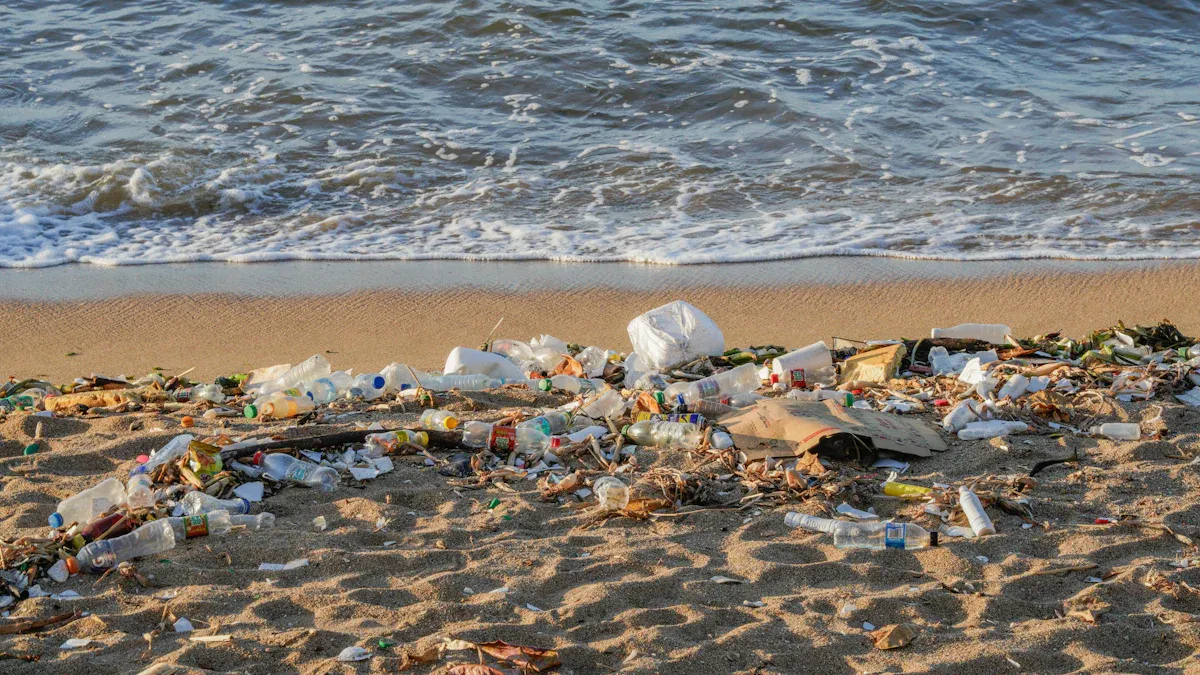
Image Source: unsplash
Production and Resources
There are big differences in how disposable cutlery affects the earth. Plastic cutlery is made from fossil fuels. Companies get petroleum and turn it into plastic. This uses lots of energy and makes pollution. It also releases greenhouse gases that hurt the planet. Making plastic cutlery uses more water and energy than compostable cutlery.
Compostable cutlery is made from things like cornstarch, bamboo, and plant fibers. These materials can grow back, so they are better for the earth. Making biodegradable utensils uses less energy and water. For example, making one pound of polystyrene plastic cutlery takes about 11.93 kWh of energy and 20.54 gallons of water. Making compostable cutlery from corn PLA only needs 6.3 kWh of energy and 8.29 gallons of water for each pound.
|
Material Type |
Energy Used (kWh per lb) |
Water Used (gallons per lb) |
|---|---|---|
|
Polystyrene (plastic cutlery) |
~11.93 |
~20.54 |
|
Corn PLA (compostable cutlery) |
6.3 |
8.29 |
If you look at the whole process, making one ton of plastic cutlery uses almost twice as much energy as making one ton of compostable cutlery. This means compostable cutlery is better for the environment from the start.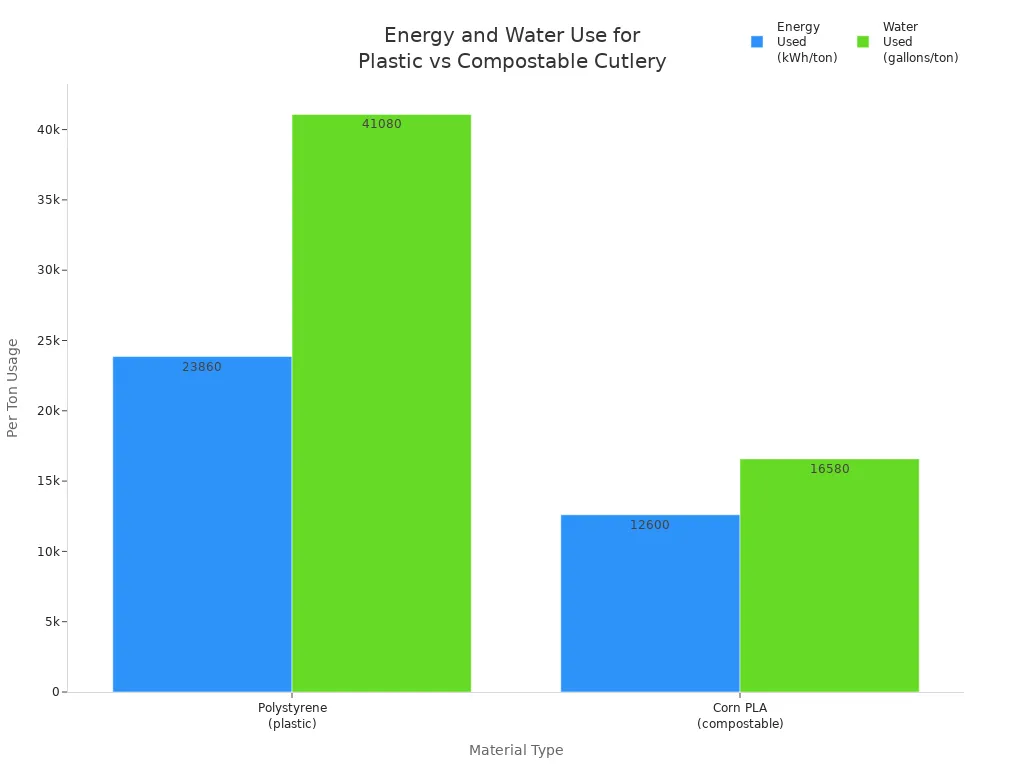 Picking sustainable materials helps the earth and cuts down on pollution from the very beginning.
Picking sustainable materials helps the earth and cuts down on pollution from the very beginning.
Waste and Decomposition
What happens to disposable cutlery after you use it is very important for the earth. Plastic cutlery does not break down fast. It can stay in landfills for 100 to 1,000 years. Over time, it breaks into tiny pieces called microplastics. These pieces get into the soil and water and can hurt animals.
Compostable cutlery is made to break down in compost. In a special composting place, it can break down in 45 to 180 days, depending on what it is made of. For example, sugarcane bagasse cutlery breaks down in 45 to 90 days. Bamboo cutlery breaks down in about three to four months. Composting turns these utensils into soil that helps plants grow and supports the earth.
But compostable cutlery needs the right place to break down. If you throw it in the trash or landfill, it may not break down fast. Throwing it away the right way is important to help the earth. When you compost compostable cutlery the right way, you help keep trash out of landfills and make the planet healthier.
Composting is a great way to lower the harm of disposable cutlery, but only if you do it the right way.
Pollution and Wildlife
Plastic cutlery hurts the earth in more ways than just filling landfills. Plastic utensils break into microplastics that get into rivers, lakes, and oceans. Animals sometimes eat these small pieces by mistake. Eating plastic can hurt or even kill animals. Bad chemicals like phthalates and BPA can also come out of plastic cutlery and get into food and the environment. This causes more problems for people and animals.
Compostable and biodegradable cutlery is safer for the earth. When you compost these utensils in the right place, they turn into safe things. They do not leave behind microplastics or bad chemicals. Composting also puts nutrients back into the soil, which helps plants and keeps nature healthy.
Still, compostable cutlery must go to a special composting place. If you throw it away with regular trash, it might not break down and could still hurt the earth. Throwing it away the right way and teaching people about it is important for protecting animals and helping the earth.
By picking biodegradable cutlery and composting it the right way, you help stop pollution, protect animals, and keep the earth healthy for everyone in the future.
Health and Safety
Chemical Concerns
You should think about your health when using disposable cutlery. Plastic cutlery can have chemicals that are bad for you. Some of these are brominated flame retardants, organophosphate flame retardants, heavy metals like lead and antimony, and phthalates. These chemicals can move from the plastic into your food. This happens more with hot foods. Over time, these chemicals can cause health problems. They might mess up your hormones, hurt your brain or bones, cause cancer, or damage your nerves.
Here is a table that lists some chemicals in plastic cutlery and their risks:
|
Chemical Type |
Source |
Associated Health Risks |
|---|---|---|
|
Brominated flame retardants |
Used in recycled electronic waste plastics |
Hormone disruption, thyroid dysfunction, cancer, reproductive issues |
|
Organophosphate flame retardants |
Used in electronics and recycled plastics |
Risks to bone and brain health |
|
Heavy metals (lead, antimony) |
Present due to recycled electronic waste |
Neurological damage, immune system harm, kidney, liver, and lung damage |
|
Phthalates |
Additives to make plastic flexible |
Endocrine disruption, asthma, developmental disabilities, obesity, breast cancer |
Black plastic utensils often come from old electronics. This can add more harmful chemicals. When you eat with these, you might swallow tiny bits of these chemicals. Over time, this can hurt your health.
Compostable cutlery, like PLA or bamboo, usually has fewer chemical worries. But bioplastic utensils can still have additives. These can get into your food, especially with hot or sour foods. Wooden and bamboo cutlery are safer, but check if they have glue or coatings.
Tip: Pick utensils made from certified safe materials to lower your risk.
Food Contact Safety
You want your disposable cutlery to be safe for eating. Both plastic and compostable utensils must follow strict rules. In the United States, the FDA makes rules for plastics that touch food. These rules help stop bad chemicals from getting into your food.
|
FDA Food-Grade Plastic Requirements |
Details |
|---|---|
|
Regulatory Role |
FDA regulates plastics for direct food contact to prevent harmful chemical leaching. |
|
Compliance Criteria |
Plastics must meet composition, migration limits, and safety standards. |
|
Common FDA-Compliant Plastics |
HDPE, PP, PET, LDPE |
Compostable cutlery must also meet safety rules. For example, utensils should be certified by groups like the Biodegradable Products Institute (BPI). They should not have harmful heavy metals and must handle heat. Most compostable utensils, like CPLA and bamboo, are safe for hot foods. They do not let out toxins like some plastics.
When you choose disposable cutlery, look for labels and certifications. This shows the product is safe for your health and your family.
Practical Considerations
Cost Factors
When picking disposable cutlery, price is important. Plastic cutlery costs less at first. Compostable cutlery costs more because it uses plants and special factories. But you might save money in other ways. Businesses can pay less for trash if they compost. Some cities give tax breaks for using green products. Many people like eco-friendly brands and will pay more for them.
Here is a table that shows the costs:
|
Aspect |
Plastic Cutlery |
Compostable Cutlery |
|---|---|---|
|
Upfront Cost |
Lower initial price |
Higher initial price |
|
Waste Management Fees |
Higher landfill fees |
Reduced landfill fees when composted |
|
Tax Incentives |
None |
Possible for sustainable use |
|
Consumer Appeal |
Lower for eco-conscious customers |
Higher, attracts green-minded buyers |
|
Environmental Impact |
Pollution, non-renewable resources |
Renewable, biodegradable, less environmental harm |
|
Long-term Benefit |
Hidden disposal costs |
Potential savings and better brand image |
Businesses that use compostable cutlery can look better to customers. They can get loyal buyers who care about the earth.
Durability and Use
You want your cutlery to work for any meal. Plastic cutlery is strong for most foods but can break with tough foods. Compostable cutlery, like CPLA and wood, works well with hot foods and does not melt. Wooden cutlery is sturdy and safe for hot or cold foods. Some compostable utensils may bend if left in hot liquids too long. But most people find them fine for daily use.
Many people like compostable cutlery because it is safe and green. Some say it feels different than plastic, but they like that it helps the planet. As more people want green choices, compostable cutlery is getting more popular.
Availability
You can find disposable cutlery almost everywhere. Plastic cutlery is still the most common in stores and restaurants. Compostable cutlery is now easier to find in big stores like Target and Walmart. Many online shops sell compostable brands that care about the earth. Young shoppers and new rules help more people buy these options. While plastic cutlery is still everywhere, compostable choices are growing fast and give a green solution for your needs.
Choosing Compostable Cutlery
Certifications and Materials
When you buy certified compostable cutlery, you want it to help the earth. Look for trusted groups like BPI and CMA. These groups test compostable knives and forks. They make sure the utensils meet strict rules for composting. You should also see if the cutlery has FDA approval. This means it is safe and does not have bad chemicals. The FTC Green Guides make companies prove their green claims. So, you can trust products with these certifications.
Here is a table to help you compare common certified compostable materials:
|
Material |
Composition |
Environmental Impact |
Performance Characteristics |
Compostability |
|---|---|---|---|---|
|
Bamboo |
100% bamboo, fast-growing, natural |
Sustainable, pest-resistant, usually pesticide-free |
Strong, heat resistant, water resistant, less bending |
Compostable in backyard and commercial composting |
|
Sugarcane |
Leftover stalks of sugarcane plant |
High water use, land clearcutting, soil erosion |
Bends easily, semi-heat resistant, loses strength hot |
Compostable only in commercial composting |
|
Compostable biopolymer (CPLA, PLA) |
Plant-based, renewable resources |
Lower emissions, less fossil fuel use |
Rigid, good for hot foods, sturdy |
Compostable in industrial composting |
Tip: Always pick certified compostable knives and forks. This helps you avoid fake green claims and really helps the earth.
Composting Options
You need to know where to compost your certified compostable cutlery. Not all compostable knives and forks break down at home. Most certified compostable biopolymer utensils, like CPLA, need a special composting place. These places use high heat and special steps to turn cutlery into safe soil. If you throw these items in the trash, they will not break down fast and may not help the earth.
Bamboo cutlery works in both home and commercial composting. Sugarcane and compostable biopolymer utensils usually need commercial composting. Always check your local composting options before you buy. Some cities pick up certified compostable items, but others do not.
Note: Certified compostable knives and forks only help the earth if you compost them the right way. Check for local composting programs to get the most out of them.
ECOLipak Compostable Cutlery
If you want to help the earth at your next party or meal, ECOLipak has good choices. ECOLipak is a trusted brand for compostable cutlery. You can get compostable knives, forks, and spoons that are safe for people and the planet. ECOLipak cutlery has important certifications like ASTM D6400, EN 13432, BPI, and OK Compost Industrial. These show the cutlery breaks down in special composting places and does not leave harmful stuff behind. SGS and FDA 21 CFR certifications also mean the cutlery is safe for food.
Here is a list that explains what each certification means:
-
The Nordic eco-label: The Nordic eco-label reflects that the entire life cycle of a product, from raw materials, production, use to disposal, meets strict environmental requirements
-
DIN EN 13432: Ensure product packaging is compostable, raw materials renewable and rapidly degradable to boost resource recycling and ease environmental burden
- FSC: Forest Stewardship Council®. FSC certifies forest units via global standards, ensuring sustainable sources and protecting forest ecology and cycles.
CPLA Cutlery
You can pick ECOLipak’s Biodegradable CPLA Cutlery-Spoons, Forks, and Cutlery Sets for a green and strong choice. These utensils are made from plants. They are sturdy, BPA-free, and break down in compost. You can use them for hot or cold foods. They do not bend or break easily. ECOLipak sells these in big packs, so they are great for parties or business events. You can save money with bulk deals and subscriptions. If you spend over $49, you get free shipping. Your order arrives fast, usually in 3-5 days.
Shop ECOLipak CPLA Cutlery
Bamboo Cutlery
If you want a biodegradable choice that is natural and safe, ECOLipak bamboo cutlery is a good idea. Bamboo grows fast and does not need chemicals. You get strong, light utensils for any meal. These compostable knives and forks are safe for home or commercial composting.
Shop ECOLipak Bamboo Cutlery
Wooden Cutlery
ECOLipak wooden cutlery gives you another earth-friendly choice. These utensils come from wood that grows back. They are smooth, strong, and break down in compost. You can use them for hot or cold foods. Wooden cutlery is a smart pick for anyone who wants less waste and supports green products.
Shop ECOLipak Wooden Cutlery
When you choose ECOLipak, you help the earth and make the world cleaner.
When you pick compostable cutlery, you help the earth. Compostable utensils are made from plants. They turn into good soil after you throw them away. Plastic cutlery stays in the ground for a long time. It can hurt animals and nature. Using certified compostable cutlery is better for your health. You should put these utensils in the right composting bins. More people want to use green products now. Try ECOLipak at your next party to help make the world cleaner.


